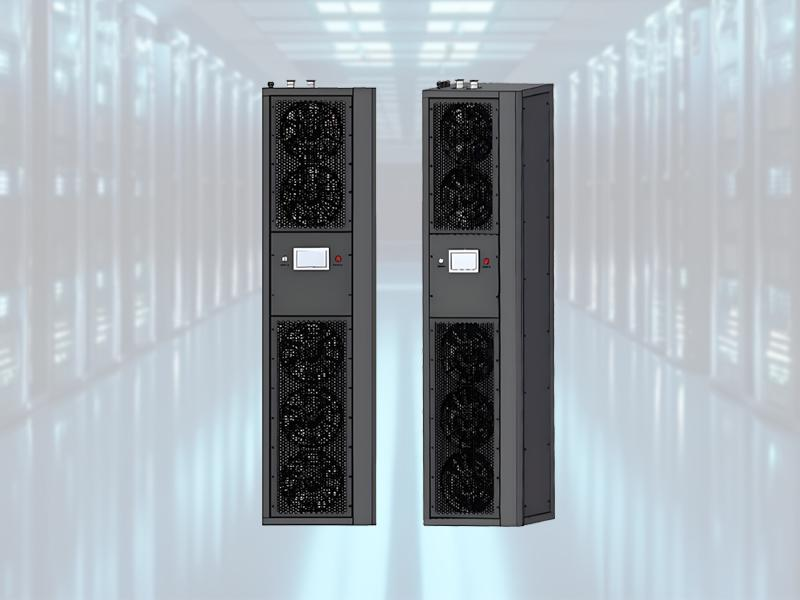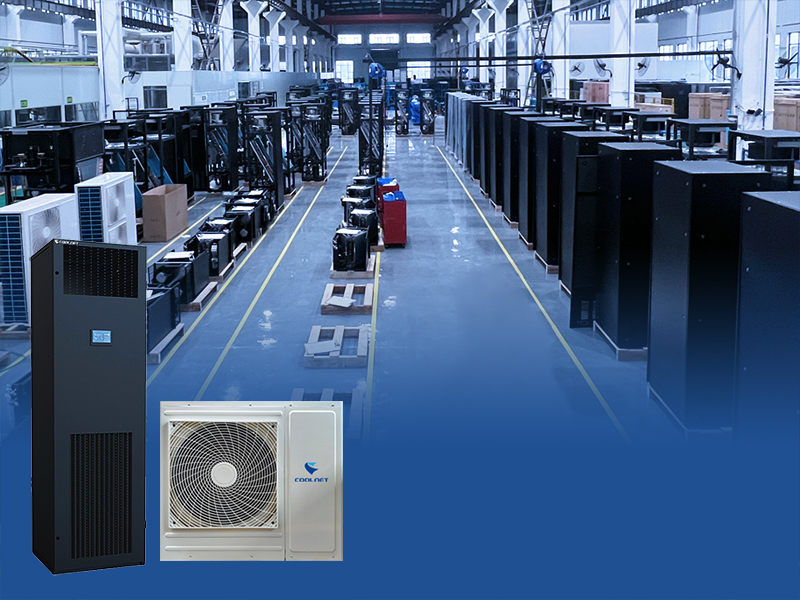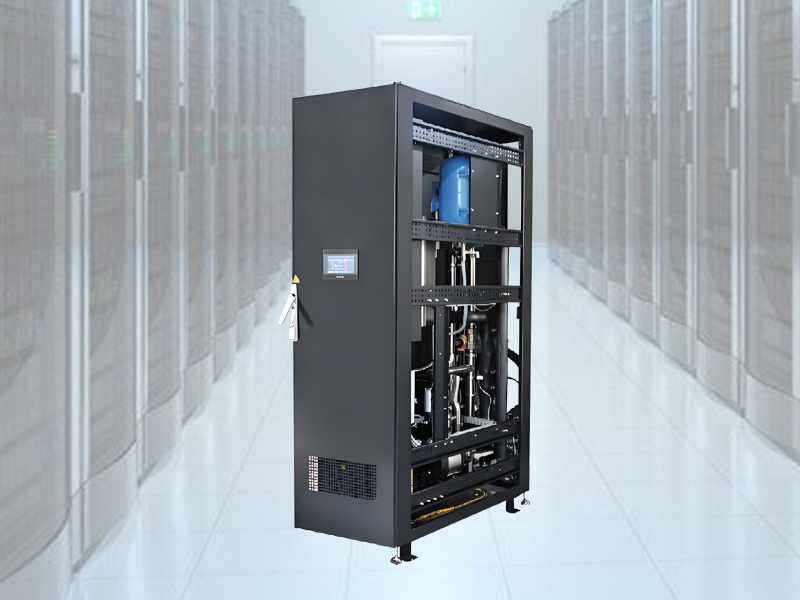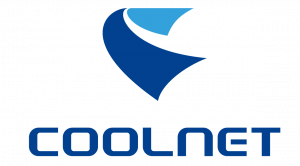Impact in data center energy optimization isn’t tied to team size—and at Coolnet, we’ve witnessed this firsthand. Small data and AI teams, armed with the right focus, can unlock significant energy savings, particularly when zeroing in on critical systems like the rack cooling system and broader IT cooling systems. These compact teams bring agility that lets them spot inefficiencies larger groups might miss, and with strategic tools, their contributions can be substantial. Let’s dive into the practical ways they can drive real change.
Leveraging Real-Time Data from IT Cooling Systems
Small teams thrive on agility, and real-time data from IT cooling systems is their secret weapon. By focusing on granular metrics—like temperature variations across racks or energy use of individual cooling units—they can spot patterns that lead to waste. For example, our Chilled Water Rear Door Heat Exchanger, a key part of many rack cooling system setups, comes with intelligent controls that transmit performance data. A small team can analyze this data to adjust fan speeds or water flow, ensuring the rack cooling system operates only as hard as needed. This targeted approach avoids the complexity of enterprise-wide overhauls, making optimization feasible with limited resources.
Simplifying with Modular IT Cooling Systems
Modular designs in IT cooling systems empower small teams to make incremental changes with big results. Our Fan Wall Cooling System, for instance, uses modular components that can be adjusted or expanded based on real-time needs. A small team can test different configurations—like adding a module to address a hot spot in one rack—without disrupting the entire facility. This flexibility allows for quick experimentation and learning, which is ideal for teams with limited bandwidth. By focusing on modular parts of the rack cooling system, they can scale improvements gradually, ensuring each change delivers measurable energy savings.
Partnering with Vendors for Expertise
Small teams don’t have to work in isolation. At Coolnet, we support these teams by providing access to our R&D insights and technical data on IT cooling systems. For example, our Cold Plate Liquid Cooling Solution includes detailed performance metrics that small teams can feed into their AI models to predict energy use. We also offer training on interpreting data from our rack cooling system controls, helping teams turn raw numbers into actionable strategies. This partnership reduces the learning curve, allowing small teams to focus on analysis rather than figuring out complex systems.
Conclusion
Small data and AI teams can deliver outsized value in data center energy optimization by focusing on specific, actionable areas: leveraging real-time data from IT cooling systems, using modular designs to test improvements, and partnering with vendors for expertise. At Coolnet, we design our rack cooling system and IT cooling systems with these teams in mind—incorporating intelligent controls, modular components, and accessible data to simplify their work. By targeting inefficiencies at the rack level and using agile strategies, small teams prove that impact isn’t about size—it’s about focusing on the right levers. With the right tools and approach, they can drive meaningful energy savings, one optimized system at a time.








